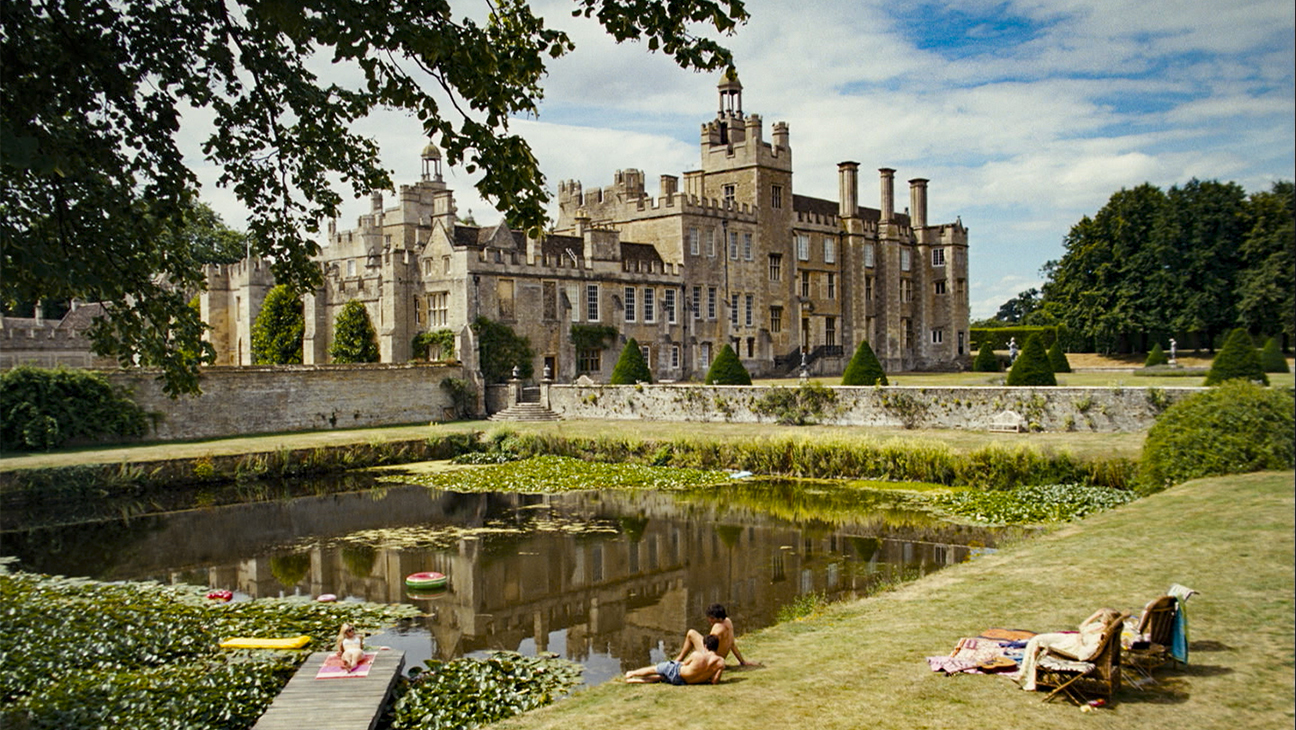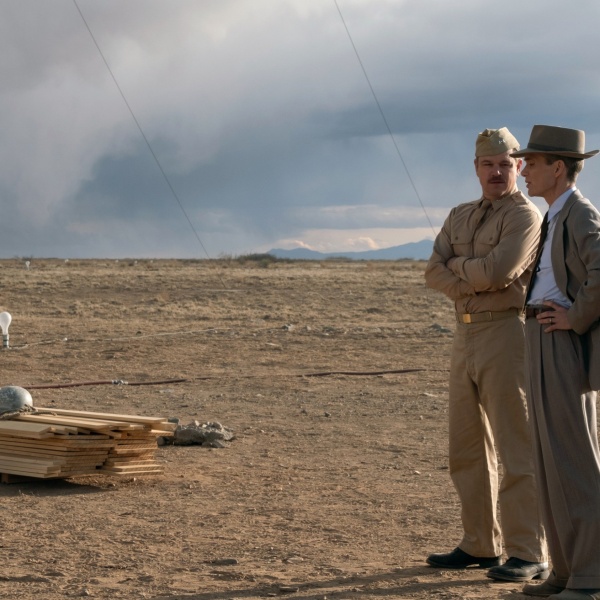Watching the trailer for “Saltburn” is enough to fall in love with the titular estate in writer/director Emerald Fennell’s upcoming film; even no less than Evelyn Waugh was obsessed, as one of the characters casually drops into conversation. And the bucolic, elegant home and grounds are even more seductive in the actual film, even as the behavior in which her characters engage is anything but aristocratic.
As Fennell told Vanity Fair, she was determined that whatever location used in the film had to be somewhere unfamiliar to audiences and — to further complicate matters — it had to work as the main location, so there would be no need for interior scenes shot on a soundstage. “It was important to me that we were all in there together, that the making of the film in some way had that feeling of a summer where everyone loses their mind together,” she said. “I didn’t want to be constantly picking up and moving.”
Interestingly, the Vanity Fair profile stated that, contractually, no one involved with “Saltburn” can disclose the name or the location of the estate used for the Catton family’s titular mansion and grounds. Contracts are contracts, but 14th-century estates are a lot more recognizable than one might suspect.
Even before the film’s premiere at the Telluride Film Festival, Tatler had identified the estate seen in the trailer as Drayton House in Lowick, Northamptonshire, England. And in a preview of its upcoming feature with Fennell, Empire dropped the estate’s name. Photos of the estate compared to similar shots in the trailer seem to confirm it. Among the details that inspire awe in out-of-place visitor Oliver (Barry Keoghan) — and viewers — are a 17th-century spiral cantilever oak staircase, an imposing dining room that began as the estate’s buttery and pantry, and a long string of color-coordinated rooms with imposing heights and priceless furniture.
All of that served as a perfect setting for the work of Fennell and production designer Suzie Davis to bring the Catton family to life with all of the casual priceless antiques and ephemera of a family who has long since stopped marveling at the massive home in which they live — not to mention the sly work of cinematographer Linus Sandgren.
And the Drayton House’s history (which includes a beheading per royal command, a soured relationship with King Henry VIII, and a few hundred years of familial disputes) is equally suited to Fennell’s darkly comedic look at the haves and those have-nots who’ll ruthlessly do what it takes to get something. As for the claim that the estate would remain a secret? Well, that’s a bit of glamorous side-stepping that the Catton family would surely relish themselves.





